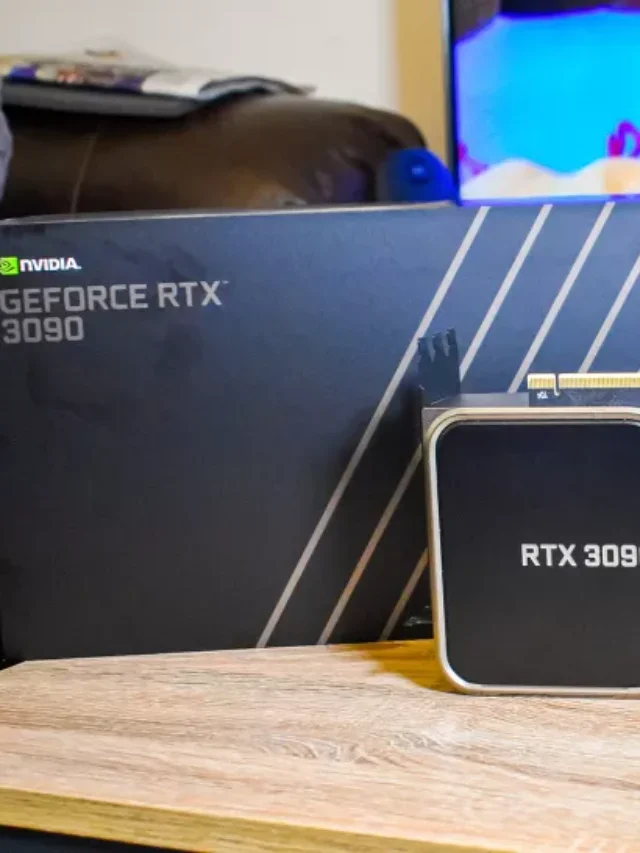Introduction
Induction Definition: In the world of science and technology, some terms may seem complicated at first, but a closer look reveals their fascinating simplicity. “Motivation” is one such term. Although it may conjure up images of complicated experiments and advanced machinery, the concept behind induction is surprisingly straightforward. In this article, we will embark on a journey to demystify this term and provide a comprehensive understanding of “induct definition“.
What is induction?
At its core, induction is the process of creating an electromotive force (EMF) or voltage in a conductor by exposing it to a changing magnetic field. This phenomenon is governed by Faraday’s law of electromagnetic induction, named after the eminent British scientist Michael Faraday.
Faraday’s Groundbreaking Discovery
Michael Faraday’s experiments in the early 19th century laid the foundation for our understanding of electromagnetic induction. Faraday demonstrated through his microscopic work that when a magnetic field changes around a conductor, it produces a voltage across the conductor. If the circuit is closed, this induced voltage can cause current to flow.
KEY POINTS OF MOTIVATION:
1. Magnetic Field Interaction: Induction depends on the interaction between a conductor and a changing magnetic field. This interaction is the driving force behind the generation of voltage or EMF.
2. DIRECTIONAL CONSIDERATIONS: The direction of the induced current follows a certain law known as Lenz’s law. It states that the induced current always flows in a direction that opposes the change in the magnetic field. This self-protection mechanism is a fundamental aspect of electromagnetic induction.
3. Applications are abundant: The concept of induction finds wide application in our daily life. From electric generators and transformers to wireless charging technology, induction plays an important role in a variety of devices and systems.
4. Faraday’s Experiments: Faraday’s ingenious experiments involved moving a magnet in and out of a coil of wire and observing the resulting induced current. This laid the foundation for the development of generators and transformers that are central to modern electricity generation and distribution.
Practical Application
The principles of electromagnetic induction have paved the way for many technological advances. Let’s explore some practical applications:
1. Generators: Electrical generators are devices that use induction to convert mechanical energy into electrical energy. When a coil of wire is rotated in a magnetic field, it induces an alternating current (AC) in the wire. This AC can then be converted into Direct Current (DC) which we use in our homes and industries.
2. Transformers: Transformers rely on electromagnetic induction to change the voltage of alternating current. By changing the number of coils in the primary and secondary windings, transformers can step up or step down the voltage level, making them essential for power distribution.
3. Wireless Charging: Induction has revolutionized the way we charge our electronic devices. Wireless charging pads use induction to transfer power to your smartphone or other gadget without requiring a physical connector.
4. Induction Cooktops: Ever wondered how induction cooktops work? These appliances use induction to directly heat pots and pans, making them highly efficient and safe for cooking.
Real-World Impact
Induction has a profound effect on our daily lives, from the electricity that powers our homes to the technology we use. Let’s explore its real-world implications:
1. Efficient Power Generation: The principles of induction underlie power generation in power plants around the world. This process ensures stable and reliable supply of electrical energy for homes, businesses and industries.
2. Environmental Considerations: As we seek more sustainable energy solutions, Induction technology is playing an important role. It enables the use of renewable energy sources such as wind and solar power through efficient generators.
3. Convenient Charging: With the convenience of wireless charging, made possible by induction, we keep our devices powered. No more fumbling with cords; Just place your device on the charging pad.
4. Modern Cooking: Induction cooktops have become a staple in modern kitchens. They offer precise temperature control, energy efficiency and enhanced safety compared to traditional stovetops.
conclusion
Finally, the “induct definition” may have seemed shrouded in mystery at first, but we have discovered its simplicity and real-world significance. Electromagnetic induction, as Faraday explained, is the cornerstone of countless technological marvels that enrich our lives. From power generation to wireless charging and efficient cooking, induction is the driving force behind these innovations. So, the next time you charge your phone wirelessly or prepare a meal on an induction cooktop, remember that you’re benefiting from the wonders of electromagnetic induction.


















